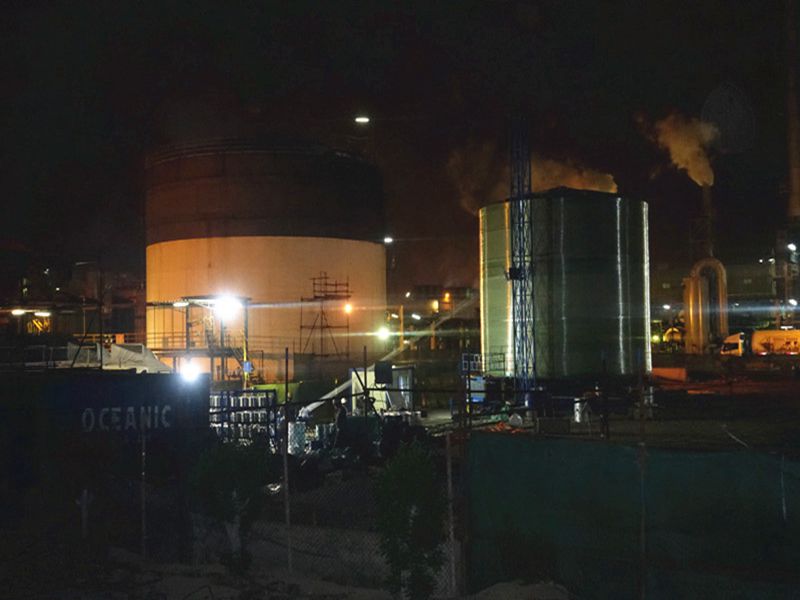
-
 Afrikaans
Afrikaans -
 Albanian
Albanian -
 Amharic
Amharic -
 Arabic
Arabic -
 Armenian
Armenian -
 Azerbaijani
Azerbaijani -
 Basque
Basque -
 Belarusian
Belarusian -
 Bengali
Bengali -
 Bosnian
Bosnian -
 Bulgarian
Bulgarian -
 Catalan
Catalan -
 Cebuano
Cebuano -
 China
China -
 China (Taiwan)
China (Taiwan) -
 Corsican
Corsican -
 Croatian
Croatian -
 Czech
Czech -
 Danish
Danish -
 Dutch
Dutch -
 English
English -
 Esperanto
Esperanto -
 Estonian
Estonian -
 Finnish
Finnish -
 French
French -
 Frisian
Frisian -
 Galician
Galician -
 Georgian
Georgian -
 German
German -
 Greek
Greek -
 Gujarati
Gujarati -
 Haitian Creole
Haitian Creole -
 hausa
hausa -
 hawaiian
hawaiian -
 Hebrew
Hebrew -
 Hindi
Hindi -
 Miao
Miao -
 Hungarian
Hungarian -
 Icelandic
Icelandic -
 igbo
igbo -
 Indonesian
Indonesian -
 irish
irish -
 Italian
Italian -
 Japanese
Japanese -
 Javanese
Javanese -
 Kannada
Kannada -
 kazakh
kazakh -
 Khmer
Khmer -
 Rwandese
Rwandese -
 Korean
Korean -
 Kurdish
Kurdish -
 Kyrgyz
Kyrgyz -
 Lao
Lao -
 Latin
Latin -
 Latvian
Latvian -
 Lithuanian
Lithuanian -
 Luxembourgish
Luxembourgish -
 Macedonian
Macedonian -
 Malgashi
Malgashi -
 Malay
Malay -
 Malayalam
Malayalam -
 Maltese
Maltese -
 Maori
Maori -
 Marathi
Marathi -
 Mongolian
Mongolian -
 Myanmar
Myanmar -
 Nepali
Nepali -
 Norwegian
Norwegian -
 Norwegian
Norwegian -
 Occitan
Occitan -
 Pashto
Pashto -
 Persian
Persian -
 Polish
Polish -
 Portuguese
Portuguese -
 Punjabi
Punjabi -
 Romanian
Romanian -
 Russian
Russian -
 Samoan
Samoan -
 Scottish Gaelic
Scottish Gaelic -
 Serbian
Serbian -
 Sesotho
Sesotho -
 Shona
Shona -
 Sindhi
Sindhi -
 Sinhala
Sinhala -
 Slovak
Slovak -
 Slovenian
Slovenian -
 Somali
Somali -
 Spanish
Spanish -
 Sundanese
Sundanese -
 Swahili
Swahili -
 Swedish
Swedish -
 Tagalog
Tagalog -
 Tajik
Tajik -
 Tamil
Tamil -
 Tatar
Tatar -
 Telugu
Telugu -
 Thai
Thai -
 Turkish
Turkish -
 Turkmen
Turkmen -
 Ukrainian
Ukrainian -
 Urdu
Urdu -
 Uighur
Uighur -
 Uzbek
Uzbek -
 Vietnamese
Vietnamese -
 Welsh
Welsh -
 Bantu
Bantu -
 Yiddish
Yiddish -
 Yoruba
Yoruba -
 Zulu
Zulu
anchoring, drilling rods, and bits for efficient and precise
Anchoring, Drilling Rods, and Bits for Efficient and Precise Operations
In the realm of construction and geotechnical engineering, the efficiency and precision of drilling operations play a crucial role in determining the success of a project. Anchoring, drilling rods, and bits are three key components that significantly impact the quality of the work performed, especially in challenging environments. This article delves into the importance of these elements and how they contribute to effective drilling operations.
The Role of Anchoring
Anchoring is a fundamental process in various applications, including soil stabilization, water well drilling, and foundation support. The primary purpose of an anchor is to provide stability, preventing the drilled structures from shifting or collapsing under pressure. In situations where soil conditions are unpredictable, strong and reliable anchoring systems ensure that the integrity of the drilling operation is maintained.
Modern anchoring techniques involve the use of advanced materials and sophisticated designs. For example, helical anchors and driven piles are favored for their ability to provide exceptional load-bearing capacity while minimizing ground disturbance. The choice of anchoring method depends on various factors, including soil type, load requirements, and environmental conditions. An efficient anchoring system not only enhances safety but also boosts the overall efficiency of the drilling process.
Drilling Rods The Backbone of Drilling Operations
Drilling rods serve as the primary connection between the drilling rig and the drill bit. They are designed to transmit the rotational force necessary to penetrate the ground effectively. The quality of drilling rods is paramount, as they must withstand significant stress and wear while maintaining their structural integrity. High-quality materials and advanced manufacturing techniques contribute to the durability and performance of drilling rods.
anchoring, drilling rods, and bits for efficient and precise

The length and diameter of drilling rods can vary based on the specific requirements of a project. Longer rods are often used in deep drilling applications, while shorter rods may suffice for shallow operations. Additionally, the weight of the rods affects the dynamics of drilling, with heavier rods providing better stability but potentially leading to increased energy consumption.
Bits The Cutting Edge of Drilling
The drill bit is often regarded as the most critical component of the drilling assembly. Its design directly influences the efficiency and precision of the drilling process. Various types of bits are available, each tailored for specific geological conditions and materials. For instance, diamond bits are ideal for hard rock formations, while carbide-tipped bits excel in softer soils.
The cutting efficiency of a drill bit is determined by its geometry, material composition, and coatings. Advanced technologies have led to the development of specialized bits that enhance cutting performance and extend service life. By selecting the right bit for the job, drillers can significantly improve penetration rates and reduce downtime associated with bit wear and failure.
Conclusion
Efficient and precise drilling operations hinge on the effective integration of anchoring systems, high-quality drilling rods, and well-designed bits. Each component plays a vital role in ensuring that projects are completed safely, on time, and within budget. As technology continues to evolve, the availability of innovative anchoring techniques, robust drilling rods, and specialized bits will undoubtedly enhance the capabilities of drilling operations across the industry. By prioritizing these key elements, companies can achieve higher productivity, reduced costs, and improved outcomes in their projects. In an era where precision and efficiency are more critical than ever, investing in quality anchoring, drilling rods, and bits is a step towards success in the field of construction and geotechnical engineering.









